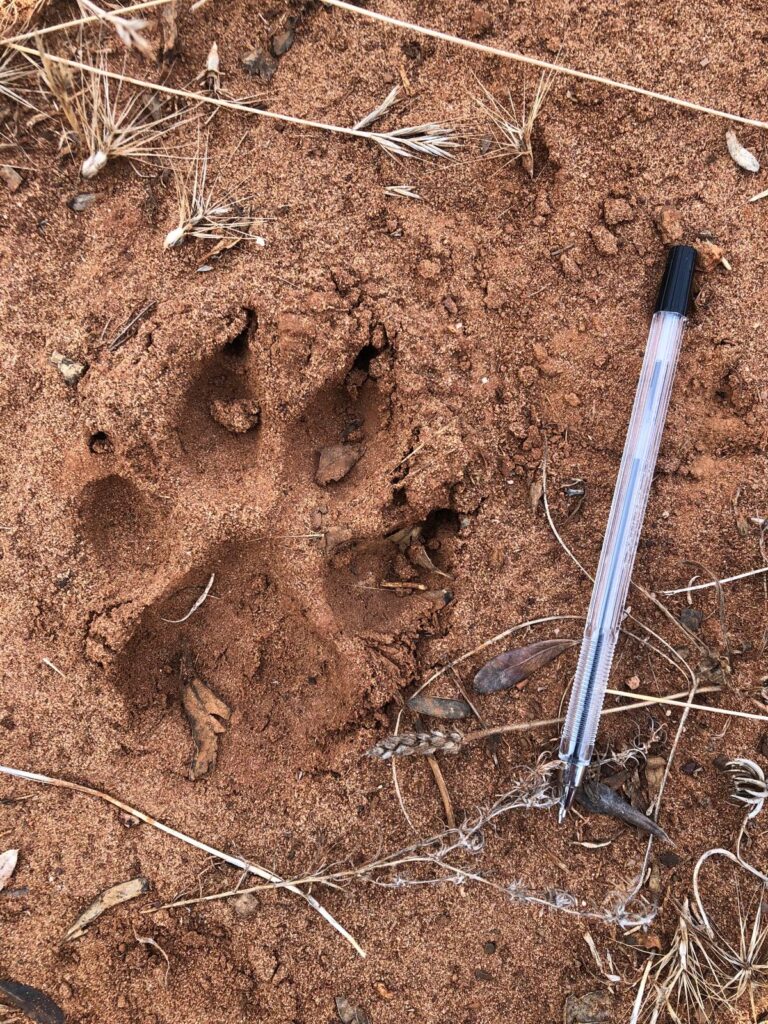Background
Aims
Interactions between species play an important role in shaping ecological communities and the cascade effects resulting from interactions between apex predators and their prey have the potential to affect other species across different trophic levels within ecosystems. In multi-prey systems these relationships tend to be more complex than in single-prey systems, as differences in the utilisation of different prey species might also favour or disadvantage other prey.
Many studies have found wolves to prey on wild ungulates most commonly, usually making up the bulk of the diet when available. Prey abundance is expected to be positively correlated with their encounter rates, and negatively with predator searching time. Thus, in multi-prey systems more abundant prey species should theoretically be utilised to a higher extent by generalist predators. This is however not always the case in the wild, because of the other factors affecting prey use.
Prey selection occurs when a prey species is utilised more than expected on the basis of its proportional abundance relatively to the other prey; conversely, if a prey is used less than in proportion to its abundance, prey avoidance occurs. It is important to note that the terms selection and avoidance in this context do not refer to conscious decisions made by the predator but are rather ecological terms used to explain if the estimates of prey use are above or below the expected value, based on the estimate of prey abundance. Ecological theory suggests that generalist predators may tend to select for more abundant/accessible prey and that, if this selective predation stimulates changes in the relative availability of the different prey species, the predators should switch to selecting for the most abundant one, leading to a process called prey switching.
Wolves recolonised my study area in 2015 and started to use fallow deer as their main prey. A previous study in this area showed that fallow deer have since started to use a spatially and temporally avoidant tactic to avoid predation. Possibly as a response to this, wolves have been observed to increase their use of wild boar.
The fallow deer is usually considered to be crepuscular, yet with the abundance of the nocturnal wolves in this area they showed more diurnal activity in autumn and winter, especially when wolf activity was high. This could be due to that wolf pups start to join in hunting behaviours and following the movements of the rest of the pack yet are still too young to disperse. This leads to that the number of active wolves is sometimes higher in the autumn and winter, which could be the cause of stronger anti-predator responses from the fallow deer. Wild boar are better equipped to defend themselves against wolves, which could explain why the wild boar were not observed to change their temporal and spatial behaviour to the same degree.
Although there has been many years of research on the wolf diets in this area, there has not previously been a study on the seasonal variation in prey selection.
The purpose of my study was to investigate seasonal variation in wolf feeding habits, prey availability of main prey, i.e., wild ungulates, as well as their selection by the wolf along with the breadth of the predator dietary niche.
Specific research questions were:
- Are there seasonal differences in the use of ungulates as prey by wolves?
- Are these differences related to availability, i.e., are there differences in prey selection across seasons?
- Is there a variation in wolf dietary niche breadth between the seasons?
On the basis of the before mentioned literature and previous research in my study area, I predict that (i) seasonal variation of prey use by wolves, with wild boar dominating its diet in spring-summer, and fallow deer becoming more used in autumn-winter, (ii) wolf select wild boar in spring-summer and fallow deer in autumn-winter, and (iii) the diet breadth becomes wider in autumn-winter than in spring-summer.

Wolf paw print